Unsanded grout (grout of any kind, really) unfortunately doesn't work very well if being used to absorb water, I have tried using it instead of hydrostone a few times with very little success.
- Formiculture.com
- Forums
- Gallery
- Members
- Member Map
- Chat

This thread is pure gold. I was able to create a similar 3D printed dirt style formicarium. In place of the silicone plugs, I used TPU flexible filament and designed plugs to print. They have a generous amount of stretch and fit snugly into the holes to prevent escapes.
Edited by Antdog, August 12 2023 - 9:54 AM.
Nice. I've never tried that filament before.
It's been a very long time since I made any updates on this thread, but I actually was supposed to update it about two years ago when I finally designed some lids for my giant vase setups.
I 3D printed a rim like the ones they put on the top of aquariums. Since these vases are hand made by the manufacturer, their measurements are not all exactly the same. To deal with this, I just made the top rim with enough tolerance to fit on pretty much any of them, and just allowed the silicone to make up for the difference.
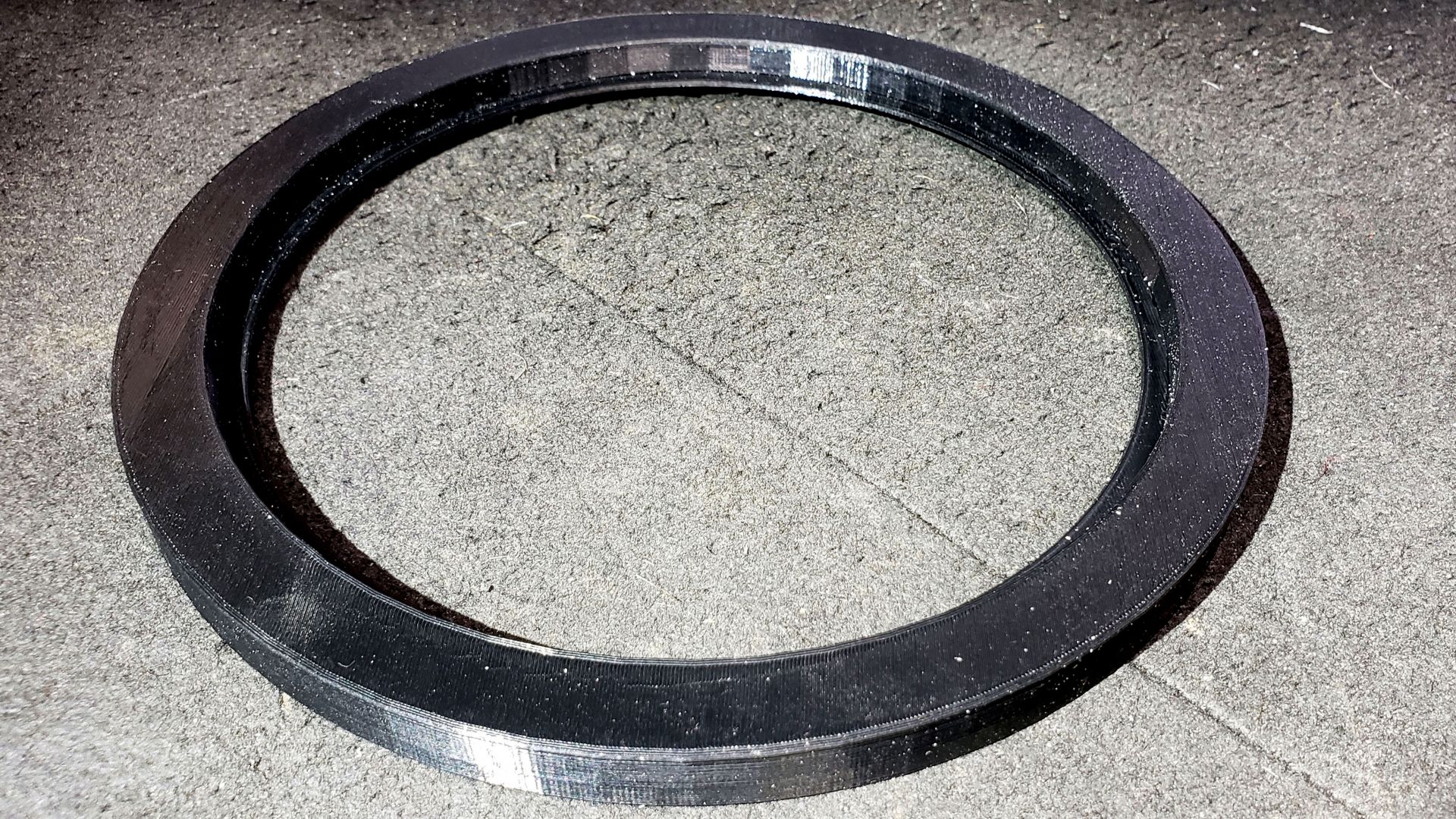
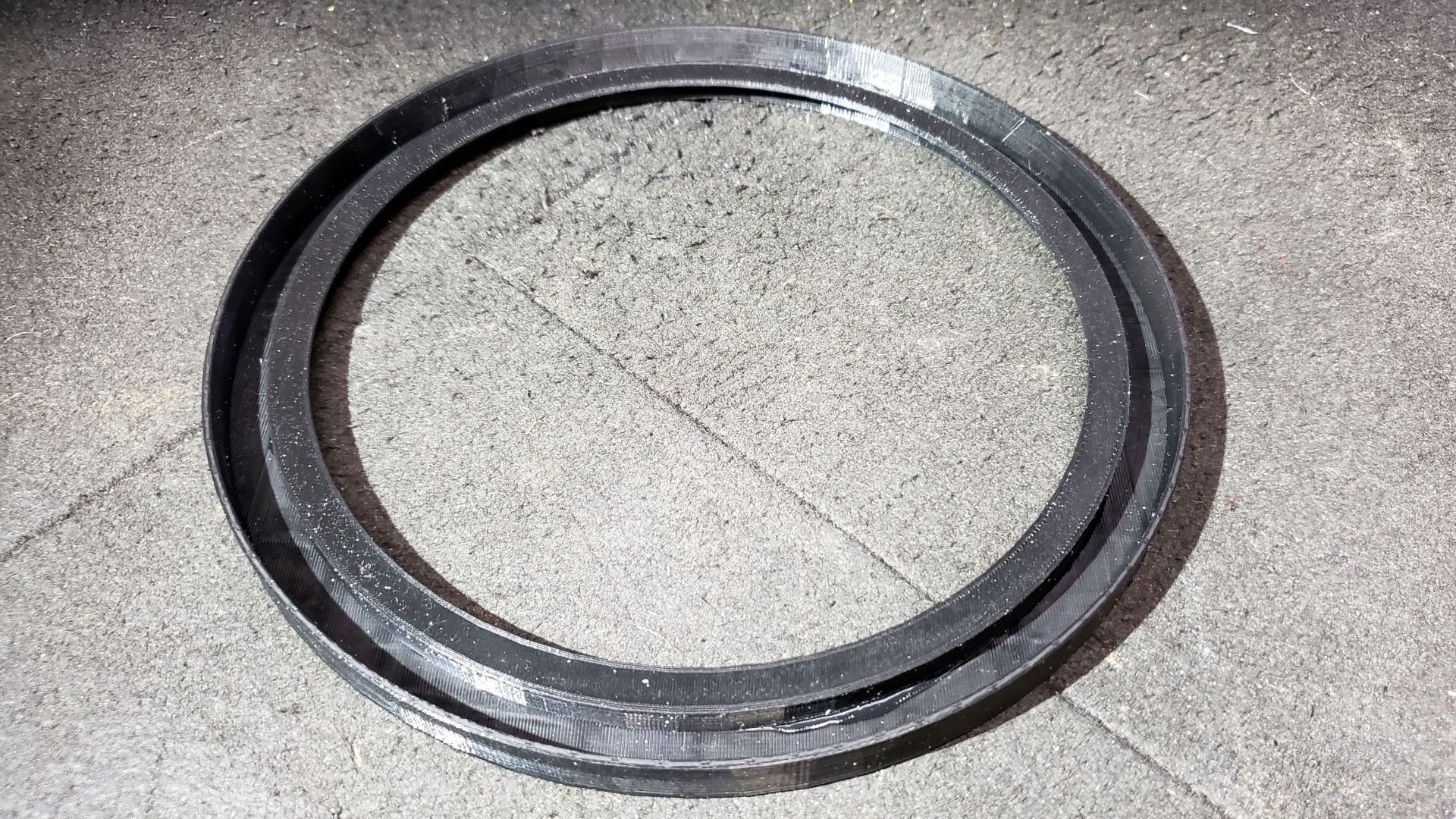
I cut out some acrylic pieces to use for applying Fluon. I have a few extras which makes it easy when it comes time to re-apply the Fluon; you just apply it to a new one, and then swap them out quickly.
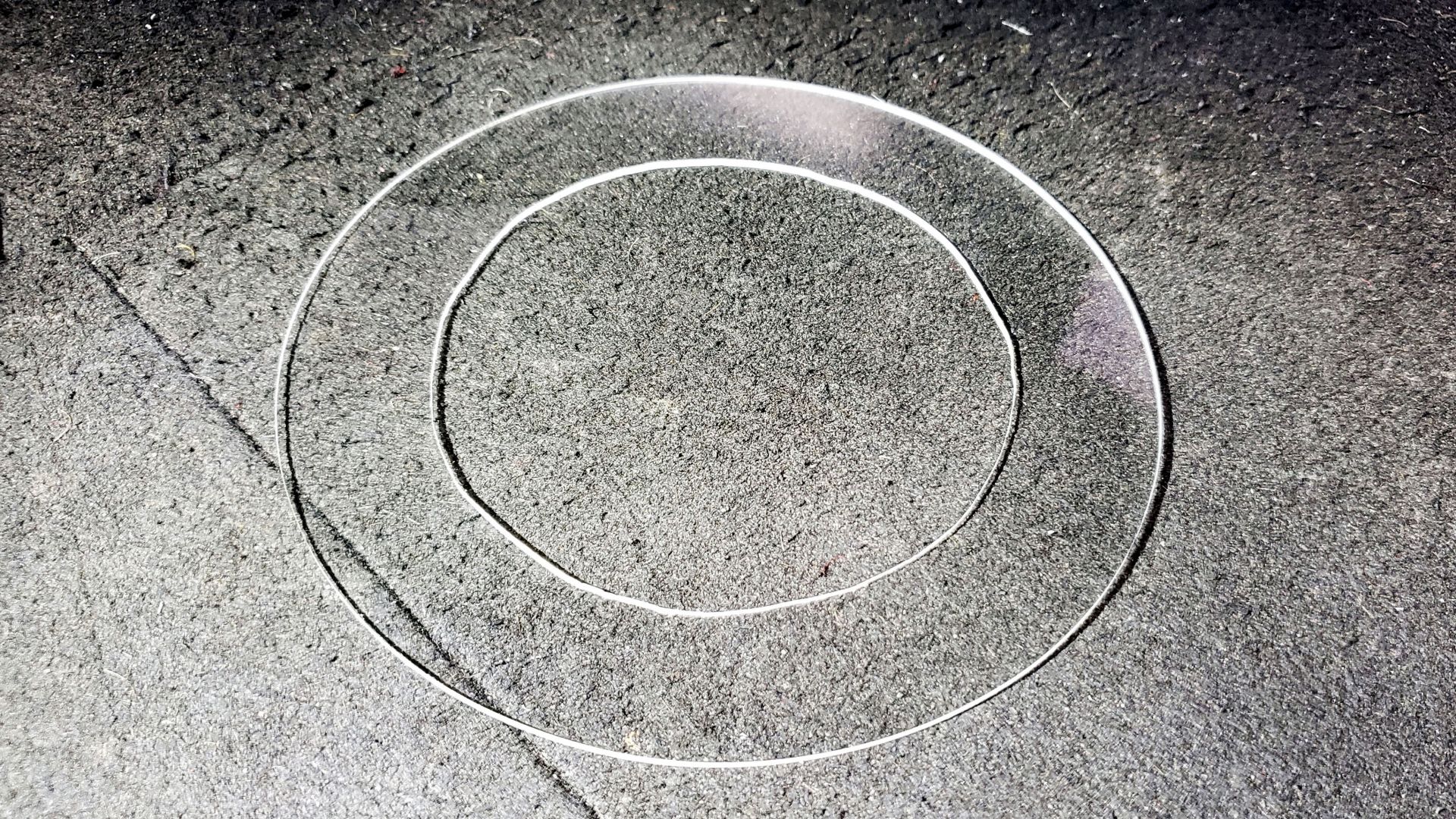
Here you can see how it lays in the 3D printed rim.
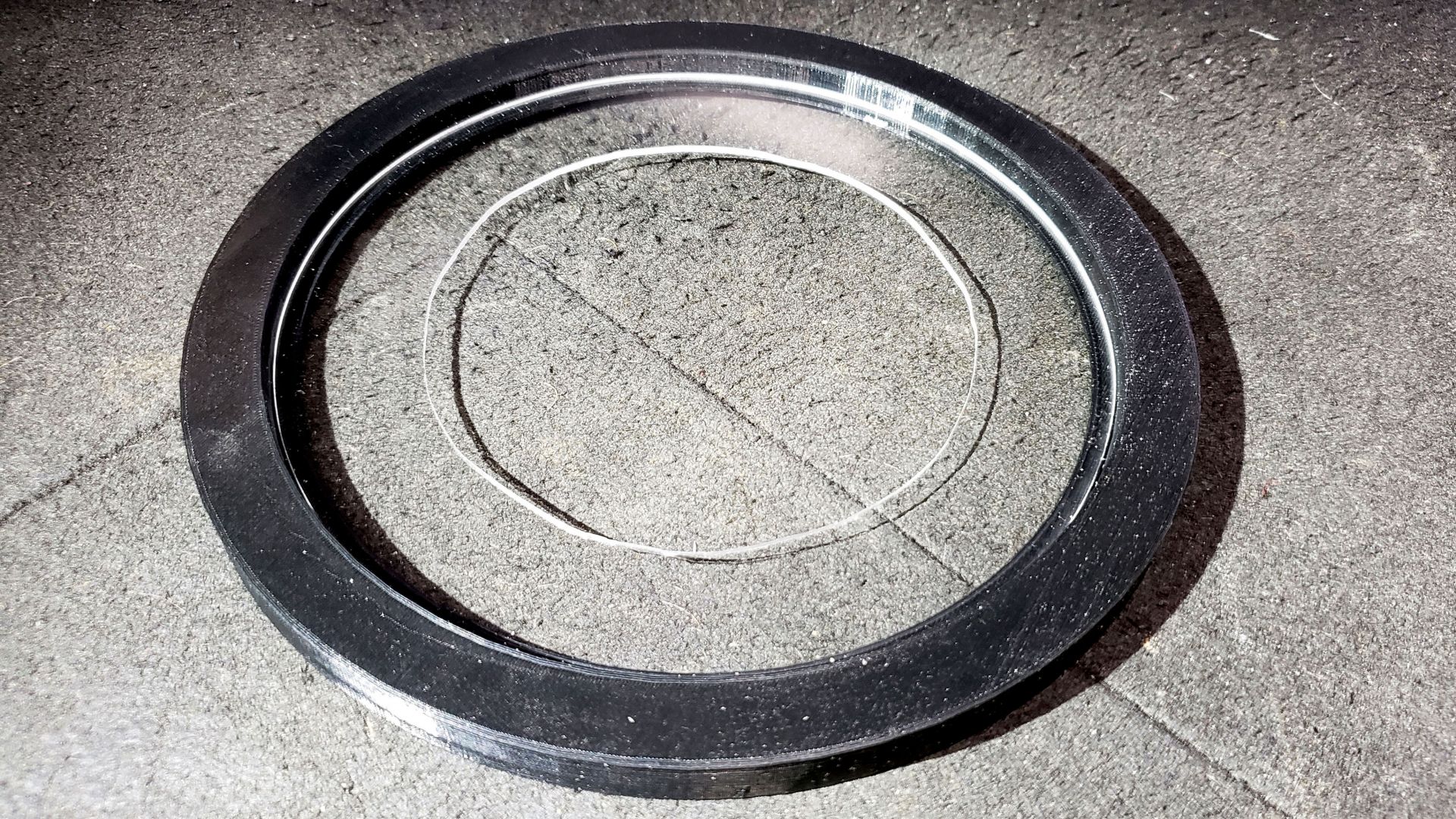
Since I only use Fluon for a secondary barrier useful for when you need to access the inside of the enclosure while keeping the ants from escaping, I made a primary mesh lid for it too. I don't know if the tolerances are good enough to keep Argentine ants out, but I sure hope so.
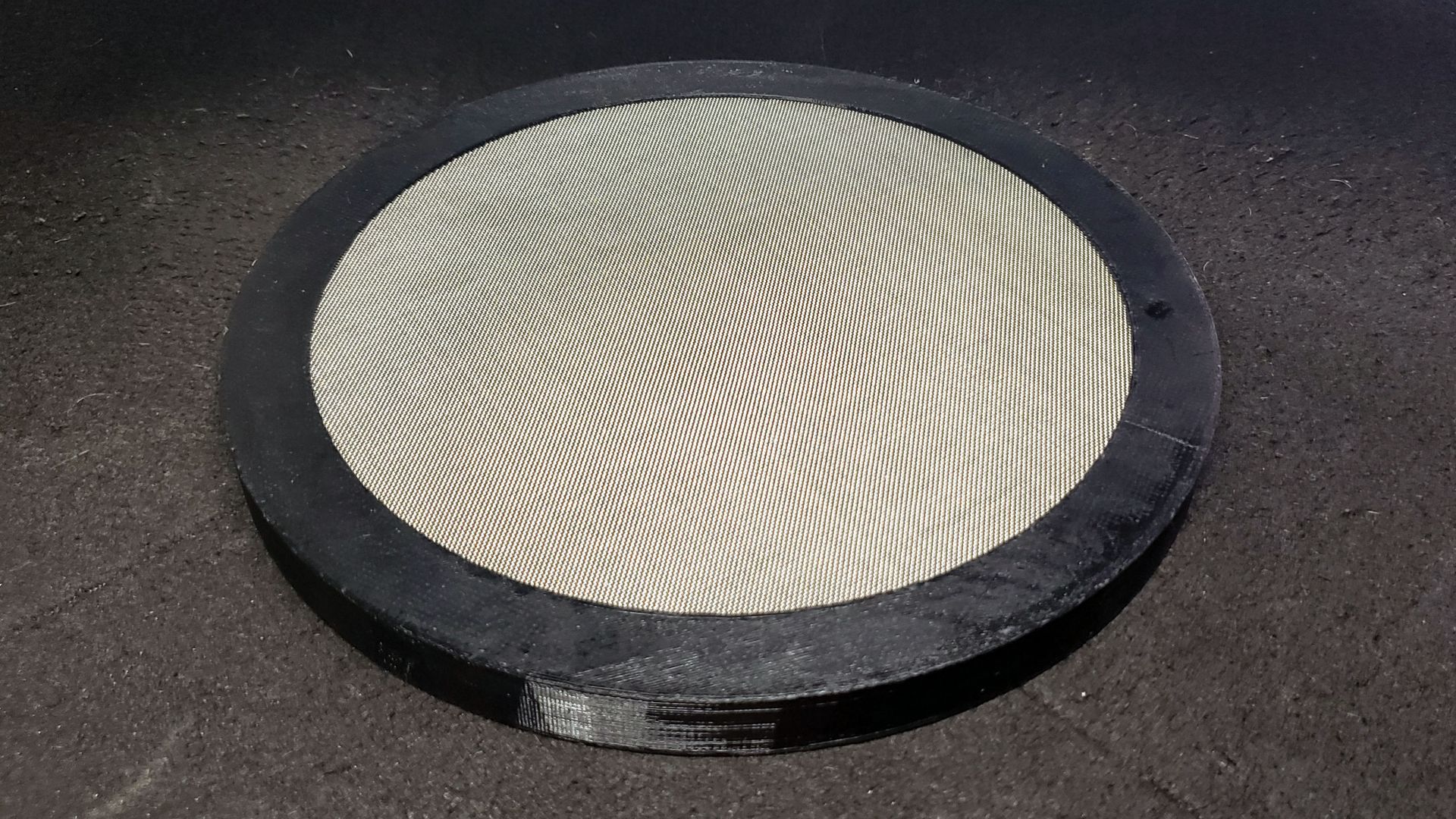
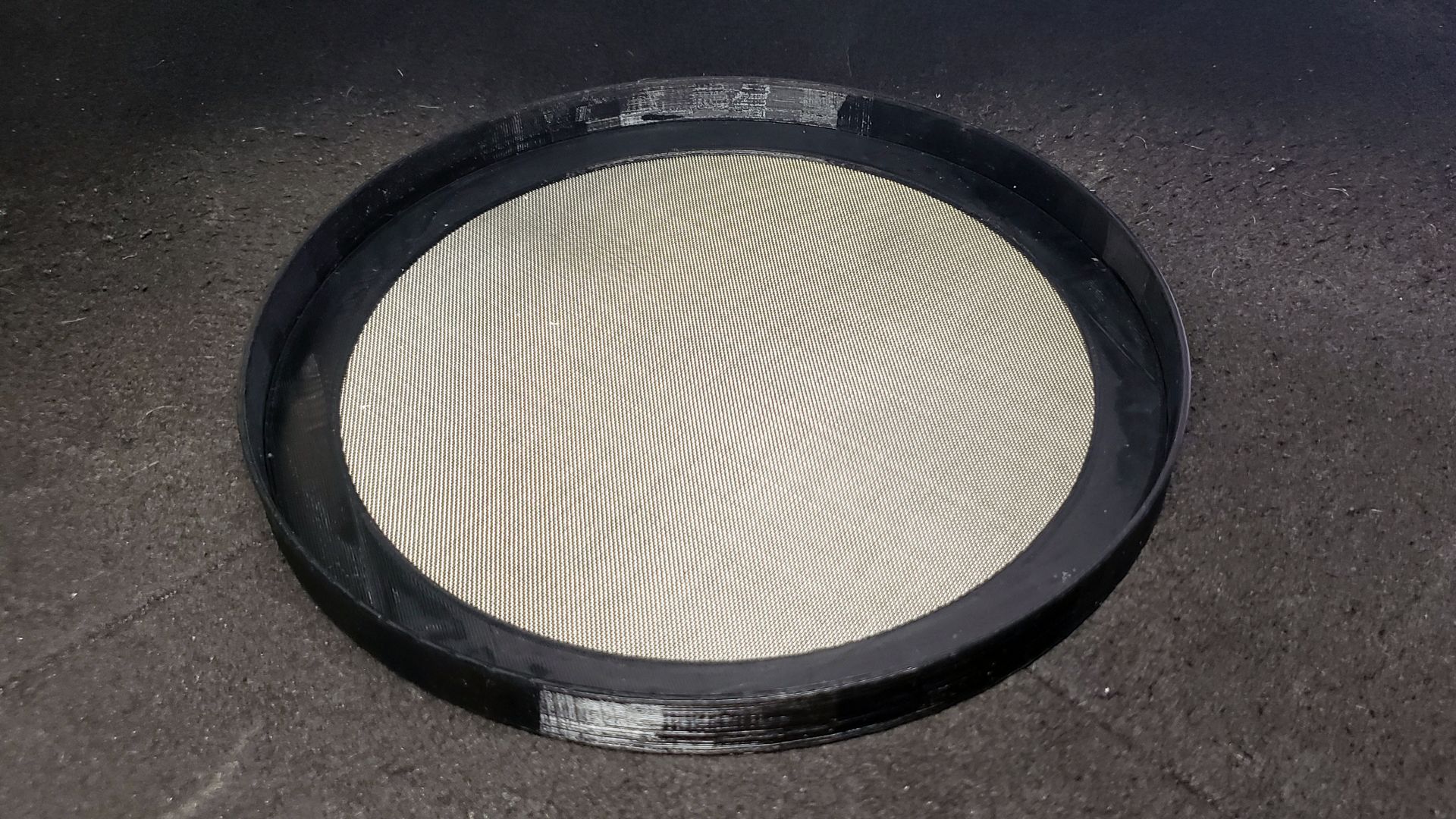
Here it is installed on the vase.
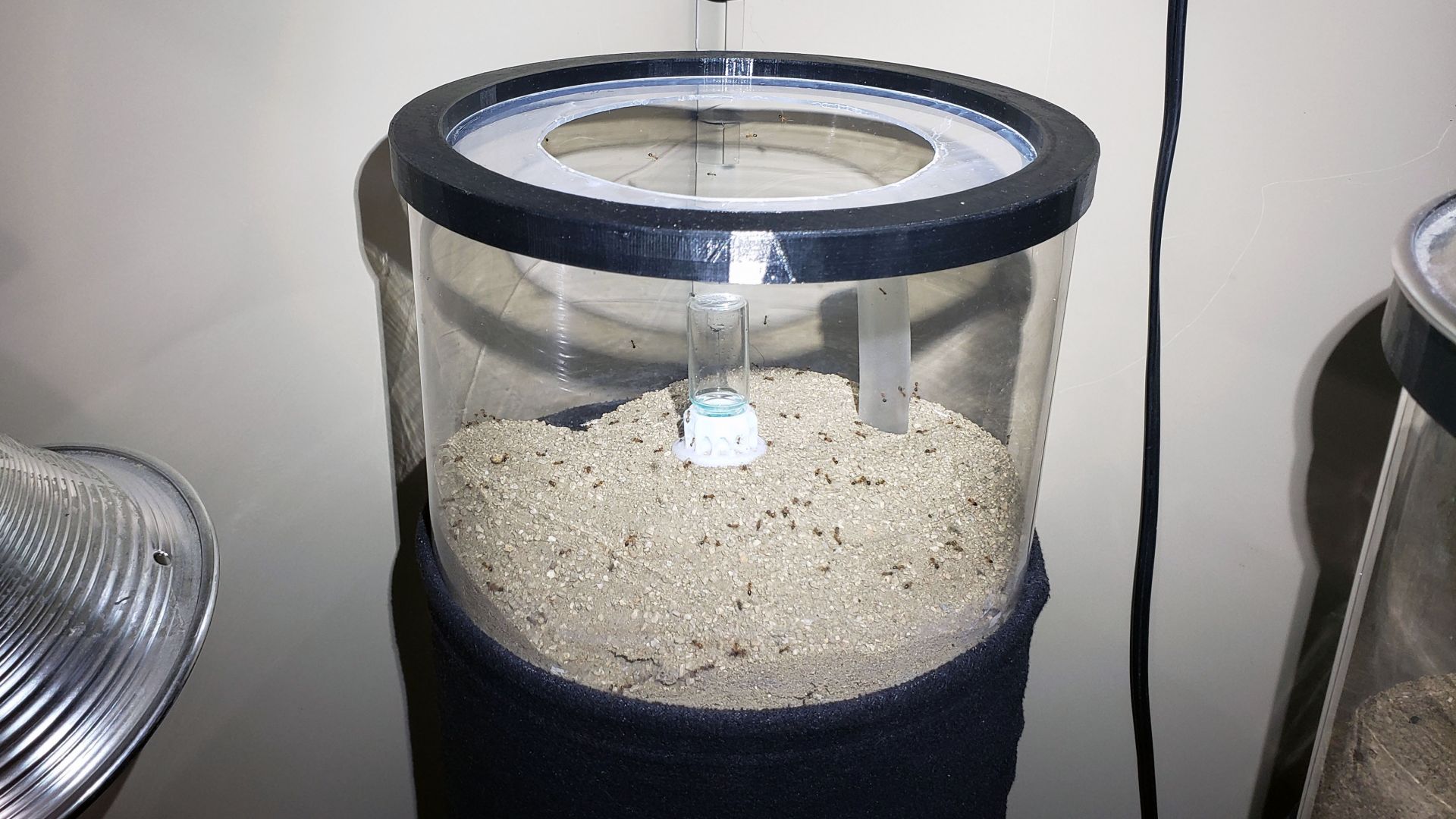
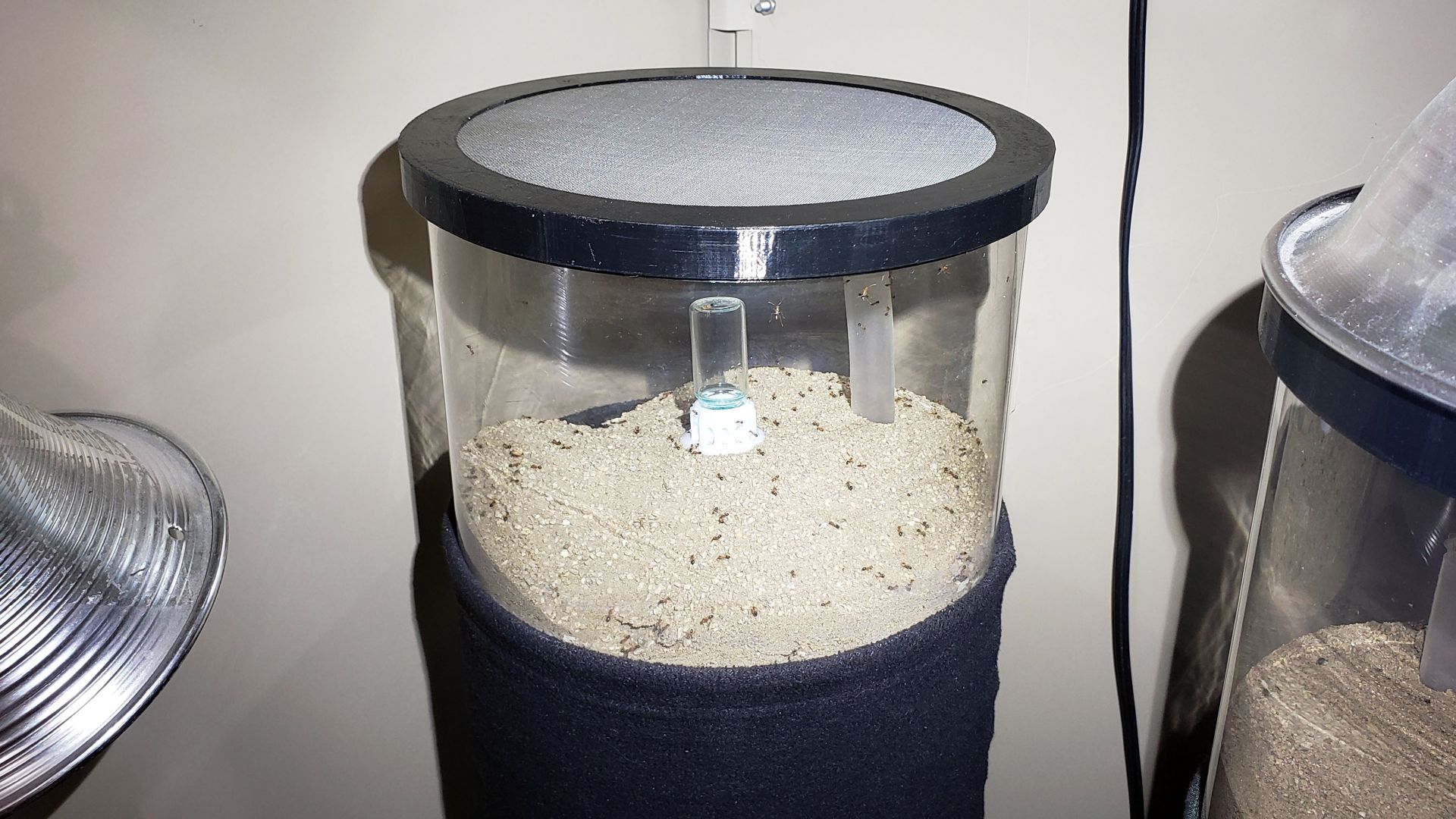
So far they have been working great for two years now. The funny thing is I haven't even had to replace the Fluon lip lid yet.
Last year I was given a mature colony of Pogonomyrmex tenuispinus by my friend Retroman. The colony was housed in an extremely heavy hexagon-shaped tank filled with dirt. This was the same tank he used all the times he successfully bread this species in captivity. While transporting it, the dirt partially collapsed, so when I got home I had to dump it out and retrieve the whole colony.
I decided to modify it slightly, basically using the same concept of my Dirt Box formicariums. Aside form the obvious hydration advantages that this design has, it will also keep this thing from weighing 200 pounds, and hopefully keep the ants tunneling at least closer to the glass.
I cut a 3.5-gallon bucket down to size.
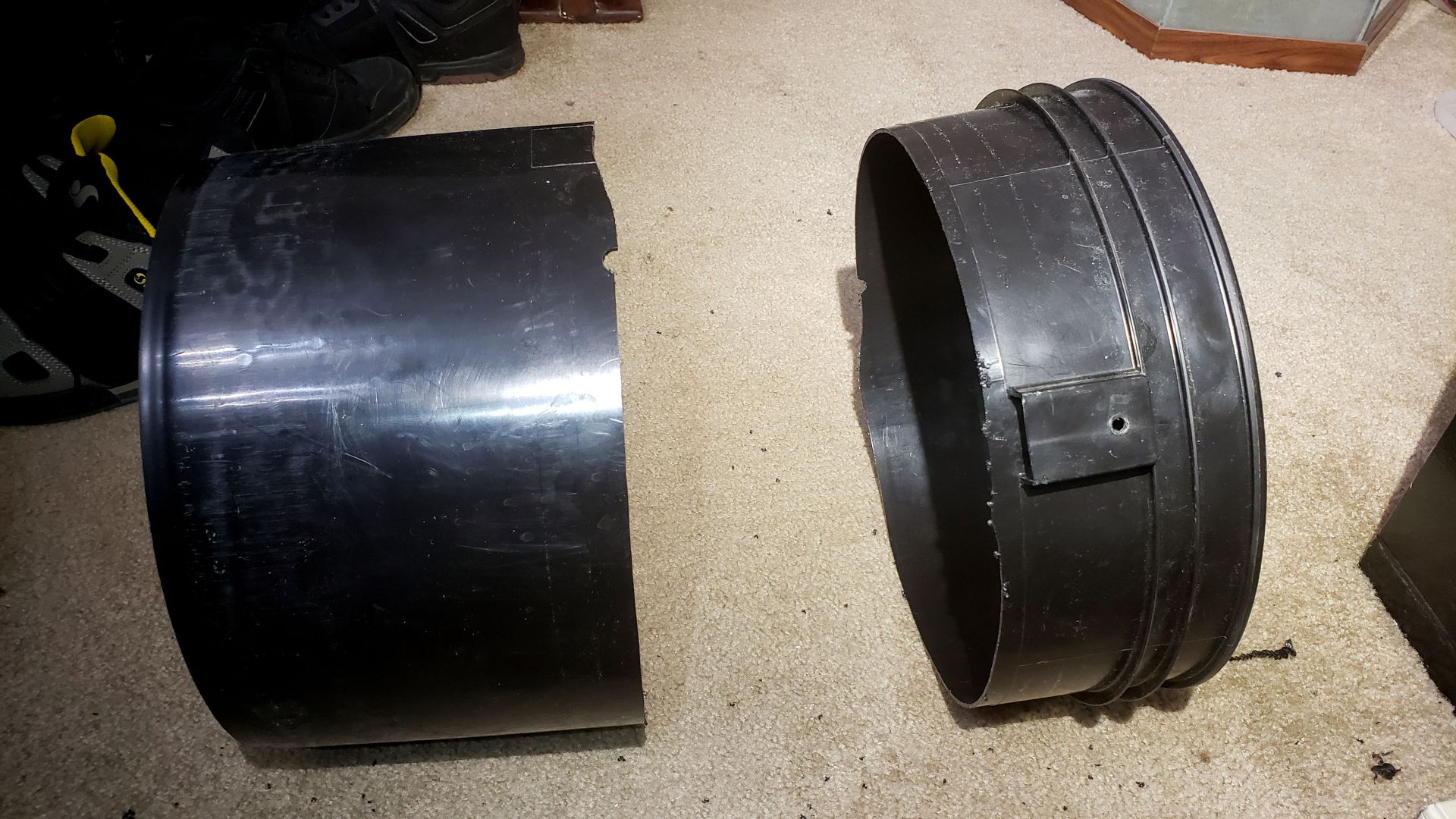
Poured in the Hydrostone and placed the bucket in. I honestly don't remember if I drilled any holes, or just poured in a thin layer of Hydrostone first, and then poured a second layer before placing the bucket in. It really might not even be necessary to do either, since the water should still pretty easily flow between the bucket and the glass bottom.
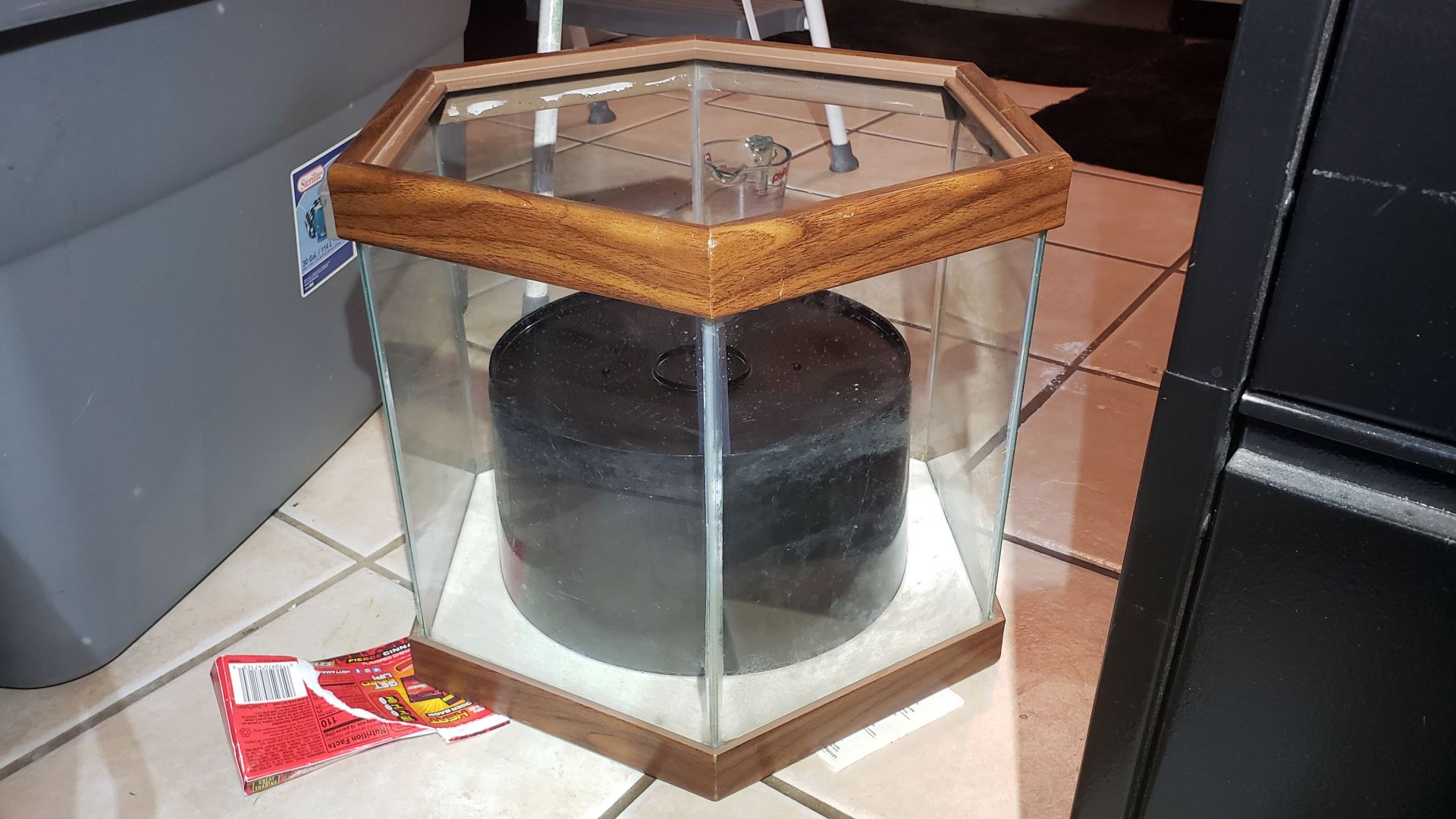
Added the hydration tube.
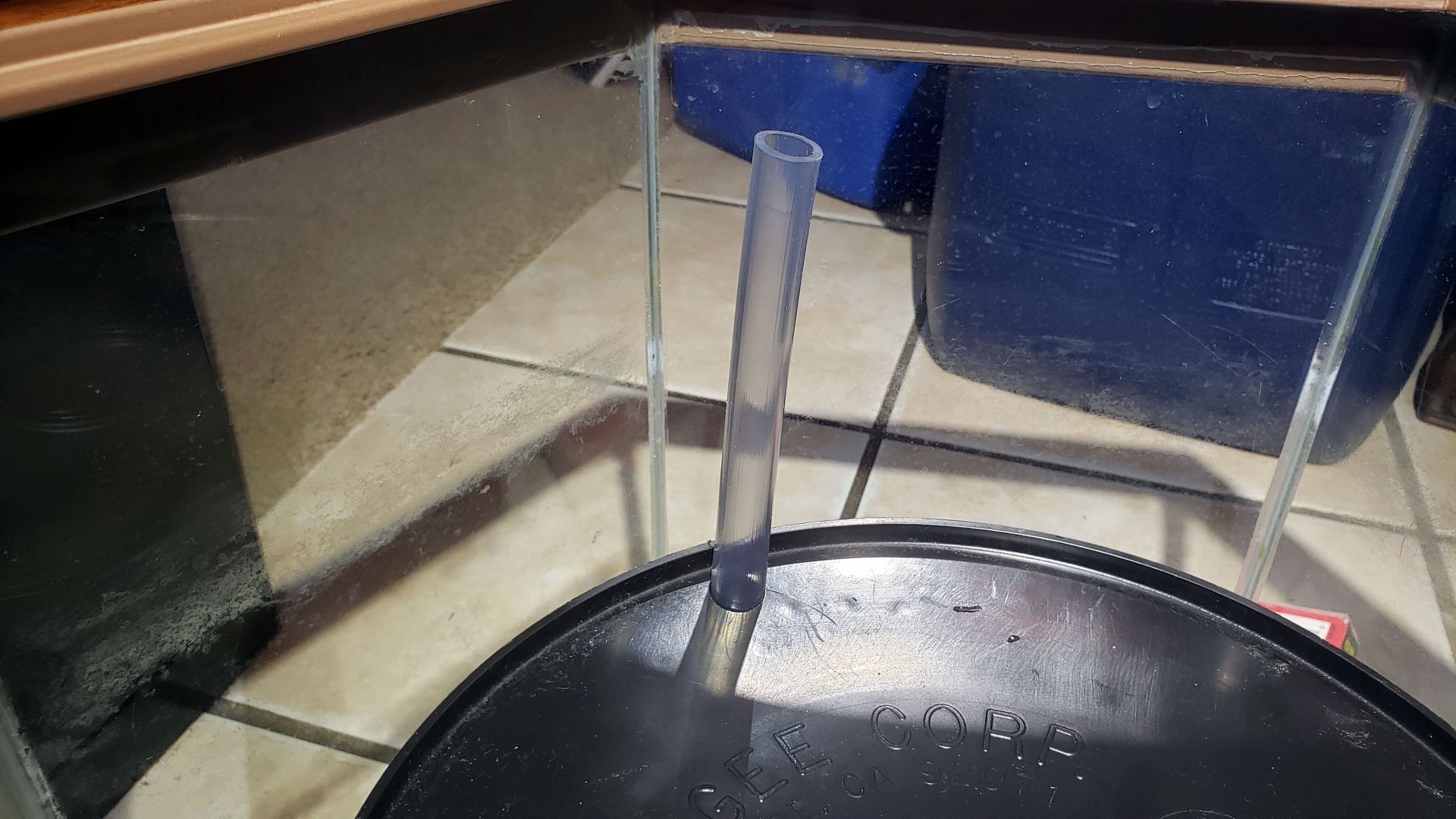
I used epoxy resin to bond sand and gravel to the top.
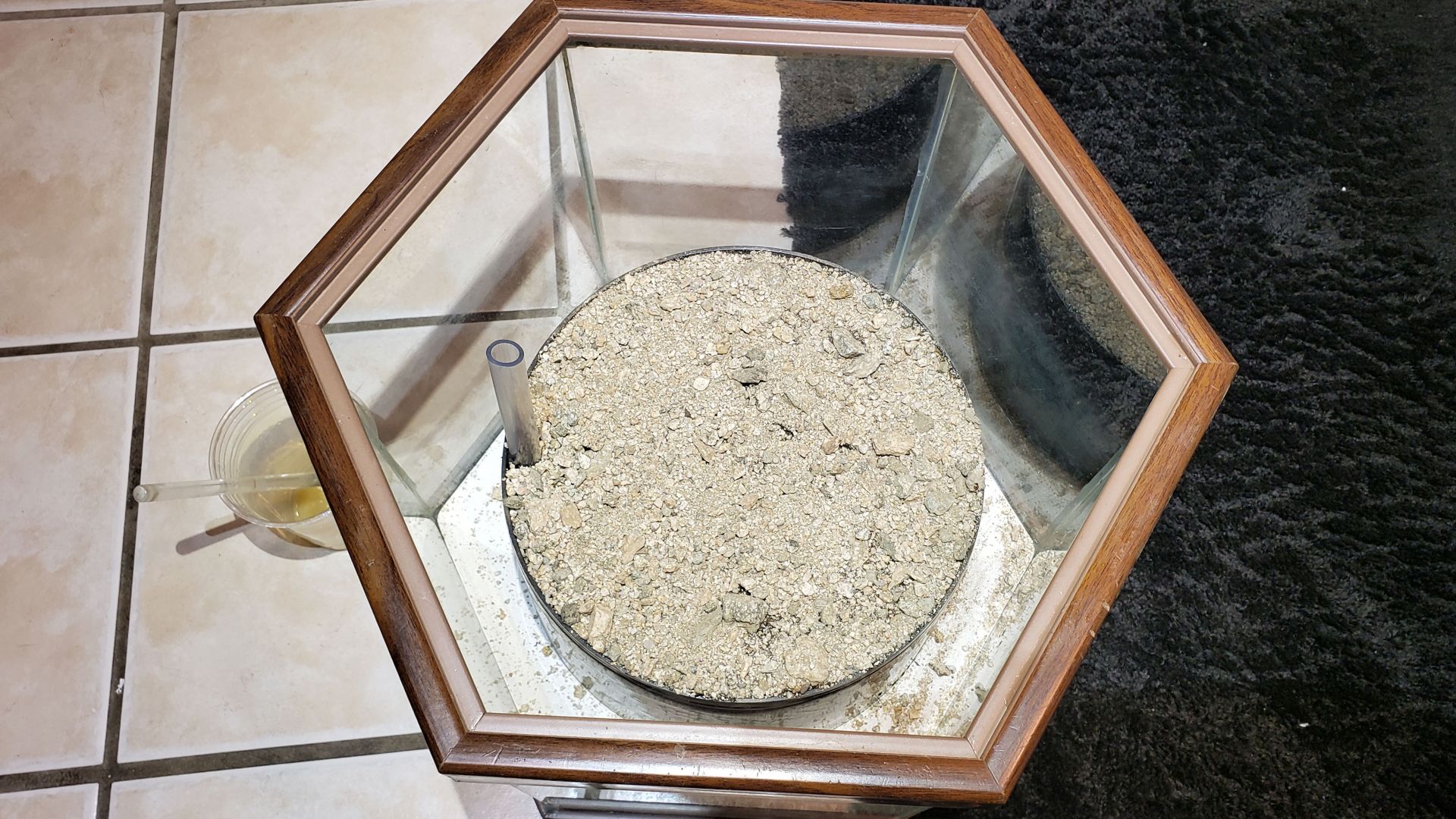
Poured the vermiculite into the bucket using a funnel, added the dirt around the sides and on top, and poured in quite a few bottles of water for the initial hydration.
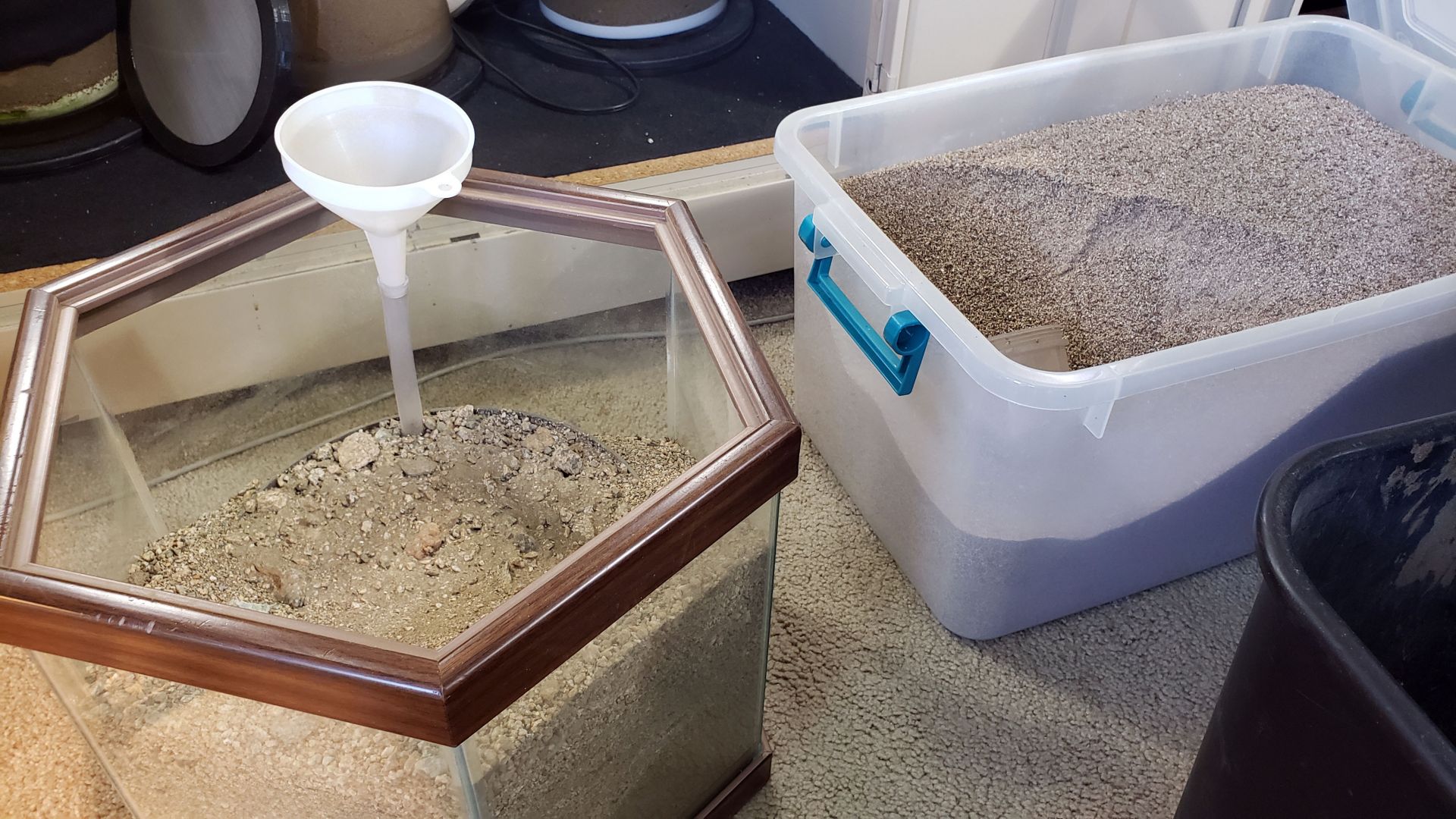
Here it is after the colony had moved in, and the top layer has dried.
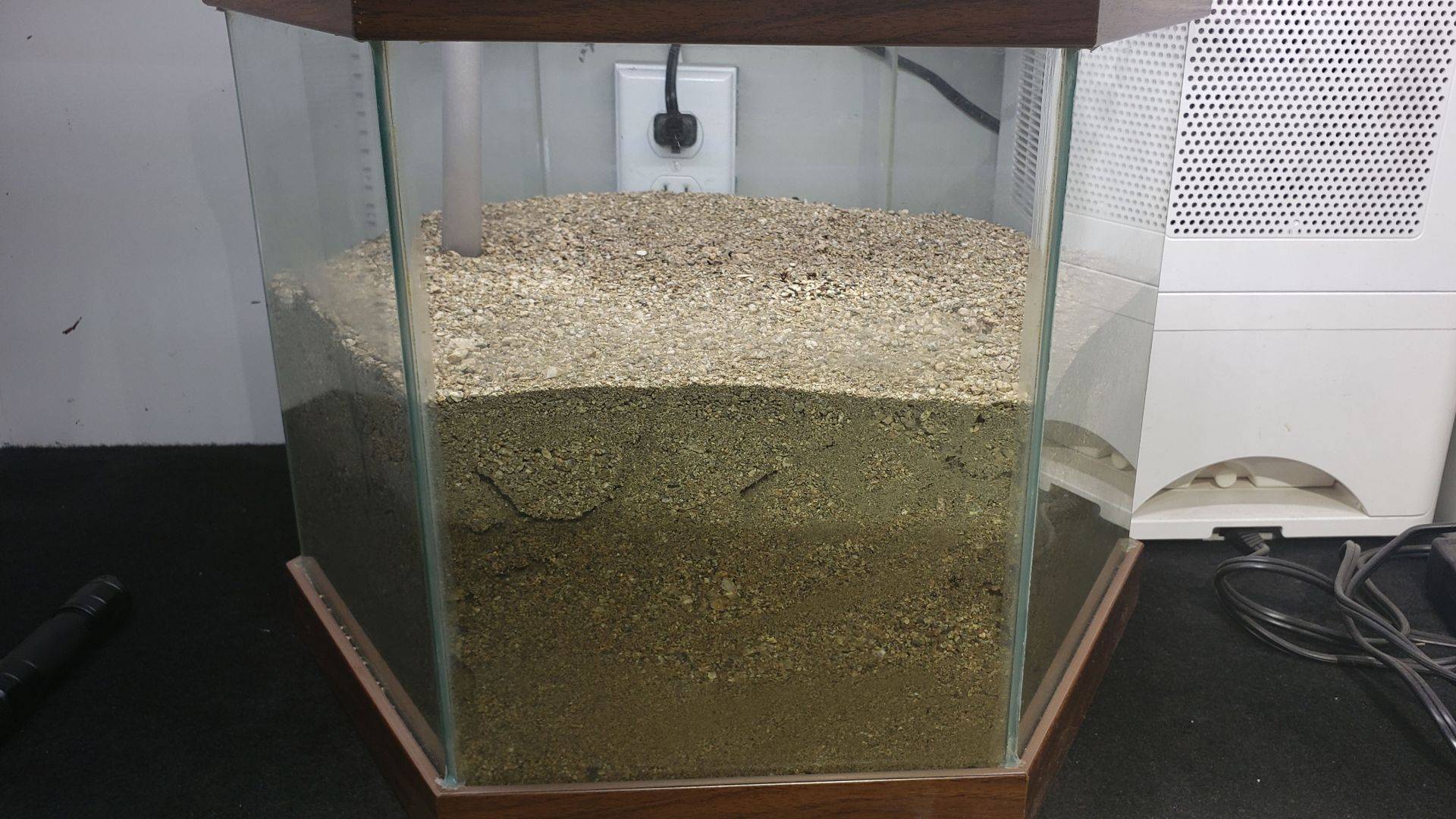
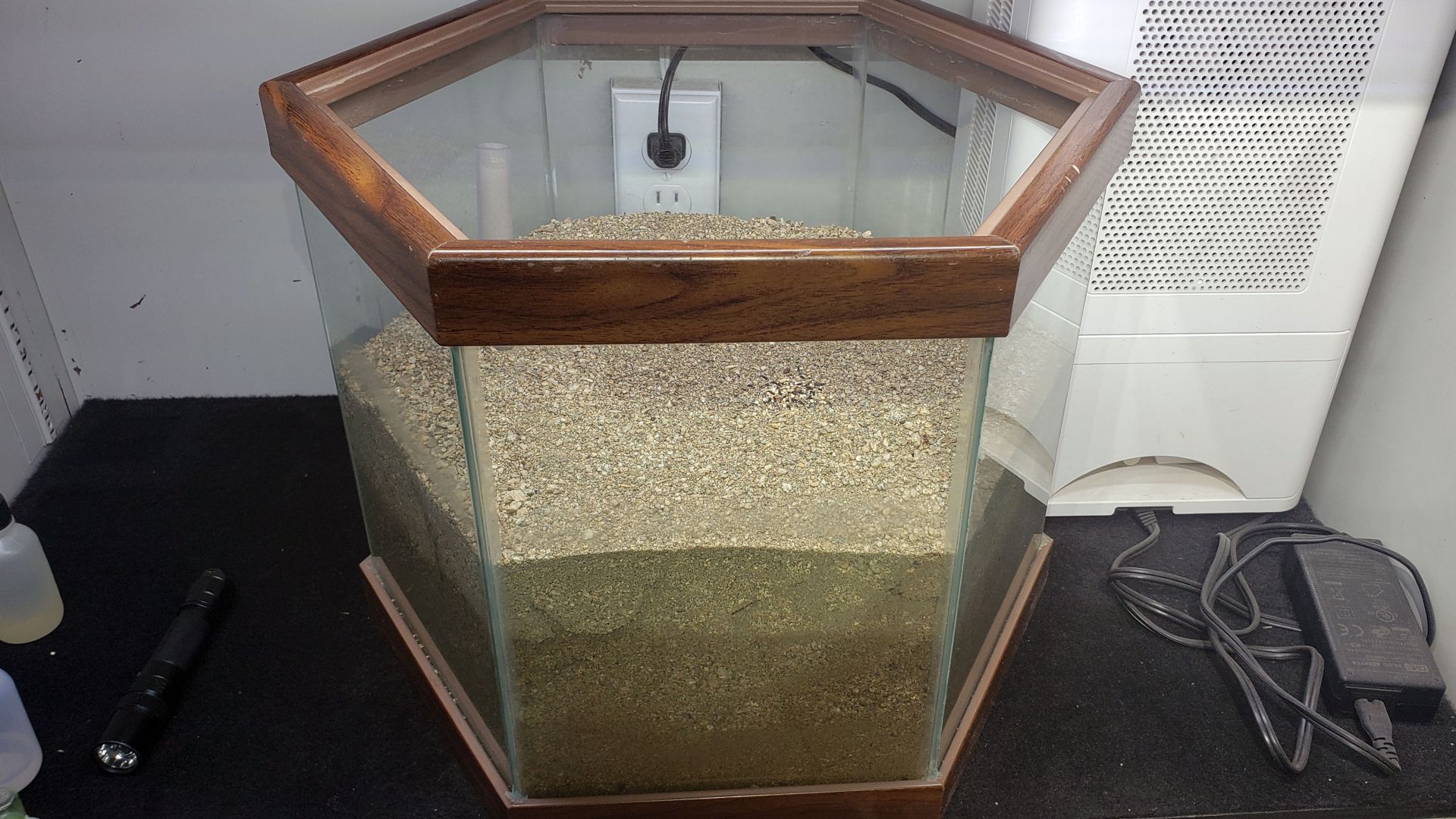
Market Place →
General Market Place →
Possible THA Formicarium for sale in ArizonaStarted by sacs4010 , Aug 20 2025 |
|

|
||
Market Place →
General Market Place →
Temnothorax's Formicarium StopStarted by Temno , Jun 30 2025 |
|

|
||
Ant Keeping →
General Ant Keeping →
A Nest IdeaStarted by cooIboyJ , Mar 22 2025 |
|

|
||
Market Place →
General Market Place →
Trade: 3D-Printing Service for your Queens/Colonies (Los Angeles, CA)Started by JonathanH , Mar 4 2025 |
|

|
||
Market Place →
General Market Place →
Ender Ants: Naturalistic Formicariums & MerchandiseStarted by Ender Ants , Feb 7 2025 |
|

|
0 members, 2 guests, 0 anonymous users